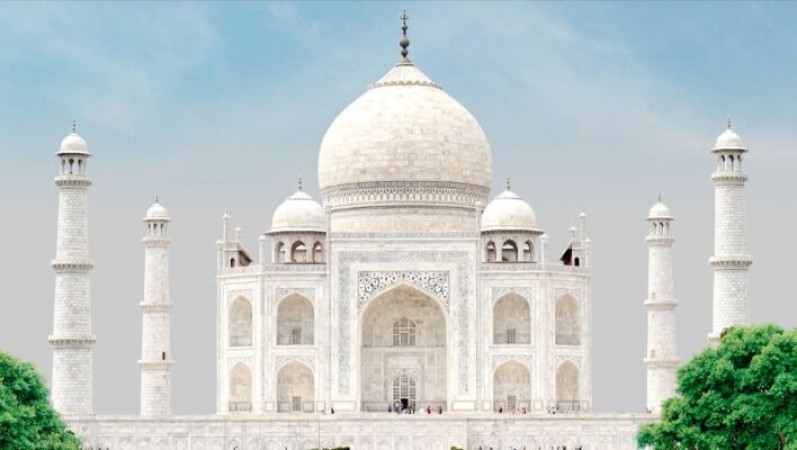
The construction of the Taj Mahal, one of the world's most iconic monuments, has been shrouded in mystery and awe. But have you ever wondered where the funds for this architectural marvel came from? Let's delve into the fascinating history of the Taj Mahal's financing.
1. Emperor Shah Jahan's Ambition Emperor Shah Jahan, who reigned from 1628 to 1658, envisioned building a grand mausoleum in memory of his beloved wife Mumtaz Mahal. His ambition knew no bounds.
2. State Resources A significant portion of the funds for the Taj Mahal's construction came from the imperial treasury. The Mughal Empire was known for its vast wealth, and Shah Jahan had access to these state resources.
3. Taxation and Revenue Shah Jahan imposed heavy taxes on his subjects to generate additional revenue for the project. Taxes on goods, trade, and agriculture were used to finance the construction.
4. Master Craftsmen The construction of the Taj Mahal required the expertise of thousands of artisans and craftsmen. Their wages were a part of the overall expenditure.
5. Skilled Labor The laborers who toiled day and night to bring Shah Jahan's dream to life were paid from the project's budget.
6. Imported Marble The pristine white marble used in the Taj Mahal was imported from Makrana, Rajasthan. It was one of the costliest components of the construction.
7. Gemstone Inlays The Taj's intricate gemstone inlays, featuring semi-precious stones like lapis lazuli and carnelian, added to the expenditure.
8. Nobility and Wealthy Supporters The nobility and wealthy supporters of Emperor Shah Jahan also contributed funds and resources to the project.
9. Military Campaigns The Mughal Empire's military campaigns, including those led by Shah Jahan, often resulted in the plunder of wealth from defeated regions, which in turn contributed to the Taj Mahal's financing.
10. Controversy Some historians suggest that the Taj Mahal's construction may have led to financial strain on the Mughal Empire, contributing to its decline.
11. Popular Legend There is also a popular legend that Shah Jahan planned to build a black marble mausoleum as his own tomb, mirroring the Taj Mahal, but this project was never realized due to financial constraints. The Taj Mahal, with its ethereal beauty and architectural brilliance, was financed through a combination of imperial funds, taxation, skilled labor, precious materials, and the patronage of the Mughal nobility. While the exact figures remain a historical enigma, it stands as a testament to both love and the resources of a powerful empire.
The Sizzle and Flip Side of Cheeseburgers: Health Advantages and Disadvantages
Eating These Foods Repeatedly Leads to Fatigue, Stay Away Today!
If you want to enjoy Punjabi food, then make Chole Bhature at home